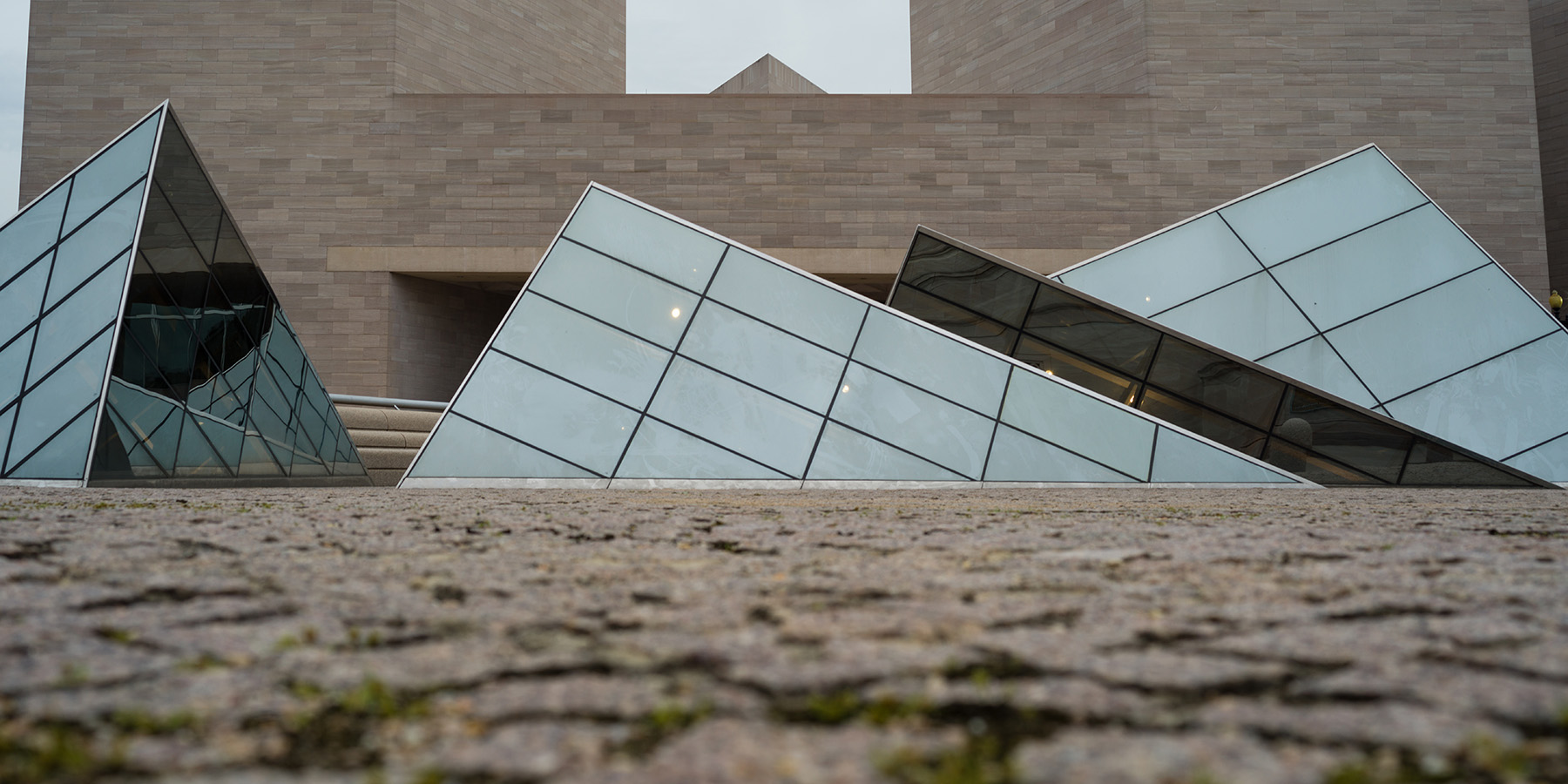Kirsten J. Burke
The Art of Writing in Renaissance Germany
My dissertation reexamines foundational narratives about Renaissance art through the lens of a little-known archive: the 16th-century “art of writing” (Schreibkunst) and its pedagogical writing manuals. Breathtaking in depth and breadth, these books teach students how to do things with words. In the process, they also reveal many secrets to our understanding of early modern art; its language, philosophy, and the “making” of people; as well as the earliest makings of art history itself—not, as is often averred, by Italian Giorgio Vasari (1511–1574) in 1550, but by German writing master Johann Neudörffer the Elder (1497–1563) in 1547.

Albrecht Dürer, Mass of the Angels, or The Recording of the Thoughts of the Pious and the Wicked (detail), c. 1500, watercolor, gouache, pen and brown ink, 30.5 × 21.7 cm, Musée des Beaux-Arts, Rennes. Photo: Louis Deschamps, Ó RMN-Grand Palais / Art Resource, NY
Originally, the etymology of the word “graphic” itself included in its capacious definition both picturing and writing. I argue that these 16th-century archives allow us to expand traditional definitions of early modern graphic art beyond drawing and printmaking to reveal the centrality of calligraphic paradigms across mediums. This experimental art form flourished not only in Germany but also in a related network of writing masters whose work shaped transformative artistic exchanges across early modern Europe.
My time as Robert H. and Clarice Smith Fellow allowed me to expand this research into new dimensions. Not only was I able to expand the cast of characters within the two central chapters, including Renaissance artists such as Hans Holbein the Younger (1497/1498–1543), but I also discovered ways to broaden the scope of analysis for the project as a whole, including more nuanced considerations of interchange between Nuremberg and Italy. To examine the transalpine Renaissance through the lens of calligraphy—crucially in its lessons across mediums—is to situate Northern and Southern Europe on more equal footing: commensurate archives of both textuality and visuality. It raises questions about major figures on both sides of the Alps, though most significantly about the mythos of Albrecht Dürer himself. Dürer was fortunate to grow up in Nuremberg, amid experimental developments in pedagogy and printmaking that inspired new conceptions of “transformation.” And perhaps above all, he flourished amid the graphic style promoted by the practitioners of Schreibkunst, who taught these very same Renaissance artists.
Neudörffer also achieved a breakthrough of cutting-edge technology in the process of printing his writing manuals in Nuremberg. It seems that printmaking’s constraints provided productive impetus for renewed experiments with the art of writing—taking it apart and reverse engineering its fundamental components. After struggling with woodcuts to illustrate the sample scripts in his writing lessons, Neudörffer turned to the relatively new medium of etching to make Ein Gute Ordnung (1538), the first intaglio printed writing book north of the Alps. Etching—and an innovative method of “counterproofing”—allowed Neudörffer to print his writing samples with unprecedented precision. This technique involved first writing directly onto a wax-covered plate, then printing the resulting reversed copy, and then immediately pressing a second sheet against the printed page to create two versions of each writing sample: one reversed, and one correctly oriented. Neudörffer could thus reproduce even the most intricate scripts in his calligraphy manual without losing precision at the hands of carvers and printers, an innovation that even Leonardo da Vinci tried and failed to achieve.
With remarkable lucidity, Neudörffer’s pedagogical pages were things made first and foremost to be legible, and they remain startingly so today. For example, Neudörffer’s deconstructed morphology of marks proceeds step-by-step according to different strokes of the pen, beginning at the level of points and lines and then allocating letters of the alphabet into groups. The first group includes letters that begin with a curve, like c or o, and the next group contains taller looped letters like l, b, or h, an anatomy of letterforms that structures all study. Students must first take apart the constitutive elements of the alphabet in terms of artistic practice before putting them back together again in terms of language—and then beyond to the matrix of transformative hands and career-making styles. Getting it right had high stakes: through Neudörffer we learn not just how people make writing, but how writing’s art was understood to “make” people. And ultimately it is in the hands of these little-known artists, I suggest, that we can recover the blueprint for the very moment in which writing made both a new kind of art—and wrote a revolutionary kind of art history.
Harvard University
Robert H. and Clarice Smith Fellow, 2022–2023
Kirsten J. Burke will spend the academic year 2023–2024 completing her dissertation on a fellowship at Harvard University.
